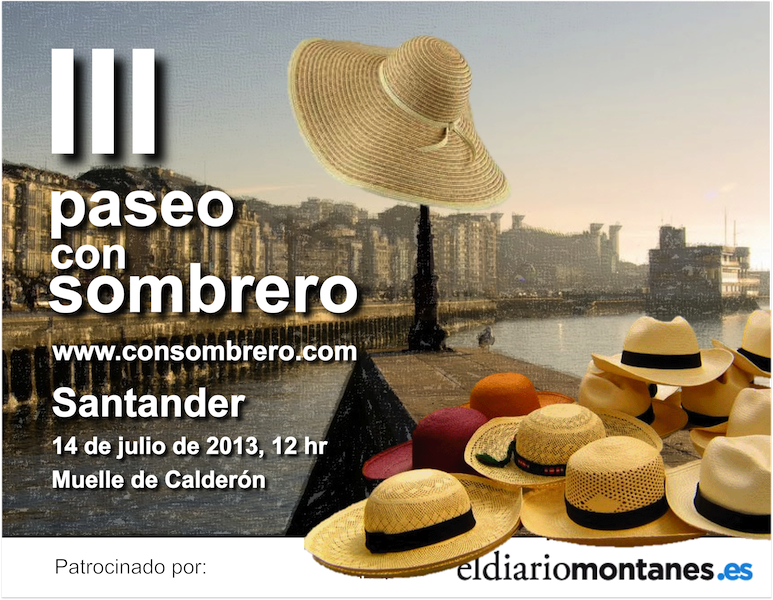
Cuidados de las plumas para sombreros
martes, noviembre 24th, 2009 | 6.677 lecturas | herramientas, investigación, pluma, plumas, plumista
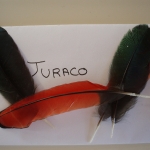 Como ya he señalado en alguna otra ocasión, las plumas del taller proceden, en su mayoría, del zoo de Santillana del Mar. Su calidad y grosor son inmejorables, pero al recibirlas en estado natural (no como las plumas que pueden adquirirse en mercerías), he tenido que aprender con prueba/error todo sobre su limpieza y cuidados.
Como ya he señalado en alguna otra ocasión, las plumas del taller proceden, en su mayoría, del zoo de Santillana del Mar. Su calidad y grosor son inmejorables, pero al recibirlas en estado natural (no como las plumas que pueden adquirirse en mercerías), he tenido que aprender con prueba/error todo sobre su limpieza y cuidados.
Estructura
El eje principal, llamado tallo o raquis, es la parte más rígida de la pluma. A ambos lados se encuentran las dos mitades: mitad externa y mitad interna. Èstas están compuestas por multitud de barbas que se mantienen paralelas gracias a las barbillas. Cuando el ave vuela, o roza contra una superficie, estas barbillas pueden abrirse y por eso vemos acicalarse a los pájaros después.
Limpieza
El instrumento principal es un sencillo cepillo de dientes, que nos permitirá eliminar manchas y polvo con suavidad para no romper las barbillas. Dependiendo del tipo de ave, si es acuática o no, podremos mojarlas.
Peinado
Para plumas muy deteriodadas, aconsejo utilizar un pincel. Con suavidad iremos peinando las dos mitades, cada una en su sentido; recortando, si fuera necesario para igualar longitudes.
Conservación
Como material biológico que son, las plumas son susceptibles de criar insectos indeseables. Así que si se van a almacenar largo tiempo, hay que aplicar antipolilla en la caja o sobre donde se vayan a guardar.
Manipulación
Es aquí donde entra de lleno la labor del plumista o plumajero. Sus herramientas y procedimientos para teñir, rizar, ensamblar, montar…pertenecen al saber hacer de estos artistas-artesanos.
As I mentioned once before, most of the feathers I work with come from the Santillana del Mar Zoo. Their quality and thickness are excellent. Due to their natural state when I receive them (completely different from the feathers found in haberdashery shops), I had to learn all about their cleanliness and care through proofs and errors.
Feathers’ Structure
The central axis of the feather, called feather shaft or rachis, is the most rigid of the feather. Both, the external half and the internal half grow off the central shaft. These halves are made up of numerous barbs that run parallel to each other thanks to the barbules. When a bird flies or brushes any surface, these barbules can be opened. This is how we see how the birds groom afterwards.
Cleanliness
The main tool is a simple toothbrush, which allows us to remove spots or dust easily whilst preventing the break of the barbules. Depending on the bird species, if it is an acquatic bird or not, feathers could be dampened.
Brushing
If the feathers are badly damaged, I advise you to use a paintbrush. You should brush both halves smoothly in the direction they are growing and if it is necessary, you will cut the excess barbs to level their length.
Maintenance
Due to their biological origin, feathers are susceptible to undesirable insects. If you are going to keep them for a long period of time, you have to put mothballs in the box or envelope where you will keep them.
Handling
Here is the important the work of the featherdressers. Their tools and the proccesses of dying, curling or assembling are part of the know-how of these artisans.
Translated by Natalia Díaz
Artículos relacionados:
 Enviar esta Entrada por Correo
|
Enviar esta Entrada por Correo
|  Imprimir
Imprimir
4 Comments to Cuidados de las plumas para sombreros
As I mentioned once before, most of the feathers I work with come from the Santillana del Mar Zoo. Their quality and thickness are excellent. Due to their natural state when I receive them (completely different from the feathers found in haberdashery shops), I had to learn all about their cleanliness and care through proofs and errors.
Feathers’ Structure
The central axis of the feather, called feather shaft or rachis, is the most rigid of the feather. Both, the external half and the internal half grow off the central shaft. These halves are made up of numerous barbs that run parallel to each other thanks to the barbules. When a bird flies or brushes any surface, these barbules can be opened. This is how we see how the birds groom afterwards.
Cleanliness
The main tool is a simple toothbrush, which allows us to remove spots or dust easily whilst preventing the break of the barbules. Depending on the bird species, if it is an acquatic bird or not, feathers could be dampened.
Brushing
If the feathers are badly damaged, I advise you to use a paintbrush. You should brush both halves smoothly in the direction they are growing and if it is necessary, you will cut the excess barbs to level their length.
Maintenance
Due to their biological origin, feathers are susceptible to undesirable insects. If you are going to keep them for a long period of time, you have to put mothballs in the box or envelope where you will keep them.
Handling
Here is the important the work of the featherdressers. Their tools and the proccesses of dying, curling or assembling are part of the know-how of these artisans.
Translated by Natalia Díaz
[…] paja, diseño de tocados, tratamiento de las plumas…¡os invito a acompañarme y pasar una agradable mañana charlando de […]
Enhorabuena por tu bonito y artesano trabajo. Yo coso y me ha entrado el gusanillo de los tocados viendo esas pequeñas obras de arte que hacéis las profesionales y estaría muy agradecida si pudieses asesorarme donde conseguir buen material a mejor precio y que sería lo básico para confeccionar tocados, pues el fieltro es más laborioso creo.
Vivo en Canarias aquí es difícil hasta que llegue material pues nos cobran unos aranceles por todo lo que entra que encarece el producto final.
Sabes de alguna página que oriente en este arte pues a mí me es muy costoso desplazarme salvo cuando hay ofertas de vuelos que coincidan con temporada baja de hoteles.
Gracias de antemano
Saludos
María
Leave a comment
III Paseo Con Sombrero
Síguenos en FACEBOOK
INFO PASEO CON SOMBRERO EN SANTANDER
Hablan del II ENCUENTRO CONSOMBRERO
CORREOS CON SOMBRERO
Para saber más
Miss Sombreros
Search
¡No pierdas tu gorro!
DATOS DE CONTACTO
En Consombrero hablamos de…
Archivo
Además de Sombreros…
Hablan de consombrero en…
Charlando de Sombreros y Tocados
Entrevista RNE 3-julio-2012
Amigos Consombrero
- Backstage RNE
- bellaMumma
- Compritas Para los Peques
- Copper Kettles and Woolen Mittens
- Cristian Fernandez Photographer
- El Mueble
- Ensombrerada
- Gratacós
- Hats make me happy
- Hatstruck
- Holamama
- I Pinco Pallino
- I Smell a Hat
- La Pequeña Costura
- La Sombrerería
- Lfg Cartonajes
- Mad Millinery
- Magnolia Antic
- Many hatty returns
- Millinery Info
- Mis gorros
- No Sin Valentina
- Nudage
- Passejada amb barret
- Presumiendo
- Shatss, gorros divertidos para fiestas
- That´s a Pretty Hat
- The Hanson Collection Vintage Hats
- The Hat Blog
- The Hat Magazine
- The Pink Carpet
- The rantings of a mad hatter wannabe
- Tienda online No Sin Valentina
- Trendslab BCN
- Trotagorros
- tusombrero.com
- Vintage & Chic
Consombrero: blog de moda
Sombrererías
- aMuse:artisanal finery
- Awon Golding Millinery
- Beaufort Bonnets
- Benoît Missolin, chapeaux
- Boinas Elósegui
- Borsalino
- Bräuer-Hüte
- Cap America
- Carol Markel
- Couture millinery
- De Porcellana Hats
- Eugenia Kim Hats
- Hat therapy
- Haute Mode Hirata
- HawkerMadrid
- J Smith Esquire
- J.J. Hat Center
- Jasmine Zorlu
- Jennifer Behr
- Katharine Maria Wallinger
- Leah C. Millinery couture
- Legeron Paris
- Leigh Magar milliner
- Lock & Co. Hatters
- Loreta Corsetti, Millinery
- LoveHats
- Mercadé sombreros
- Montecristi Hats
- Mr. Hats
- Noel Steward
- Philippe Urban, Atelier
- Piers Atkinson
- Rachel Trevor-Morgan, Millinery
- Robyn Coles Millinery
- Sombrerería Ala Ancha
- Sombrerería Albiñana
- Sombrerería Da-Me
- Sombrerería Gorostiaga
- Sombrerería Salmagundi
- Sombrerería YOQS
- Sombreros Charo Iglesias, Madrid
- Sombreros Moe
- Sombreros Signes 1968
- The Millinery Guild
- The Milliner´s Guide
- The Panama Hat Co.
- Tocados y flores Charo Agruña, Madrid
- Tolentino Haute Hats
- Yestadt Millinery
Moda, lujo, sombreros...
- Advanced Style
- Bajo el Sombrero de Philip Treacy
- Borsalino Magazine
- Ejercicios de Estilo
- Fashion at the Races
- Feathers of angels
- Hats Have It
- HatsOff
- La Reina de los Tocados
- Les Catherinettes en Fête
- Los Sombreros de la Feria
- Mensencia
- Saciados de la Moda Industrial
- TÊTE de BOIS
- The Fashion Space
- The Hats of Downton Abbey
- The Mod Hatter
- When staw calls

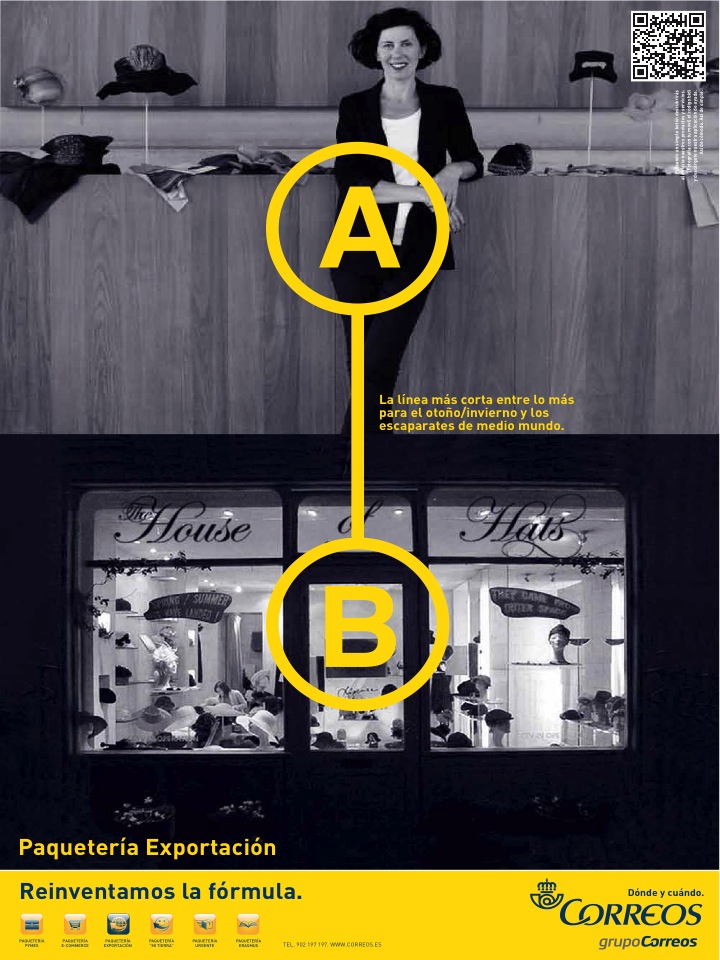
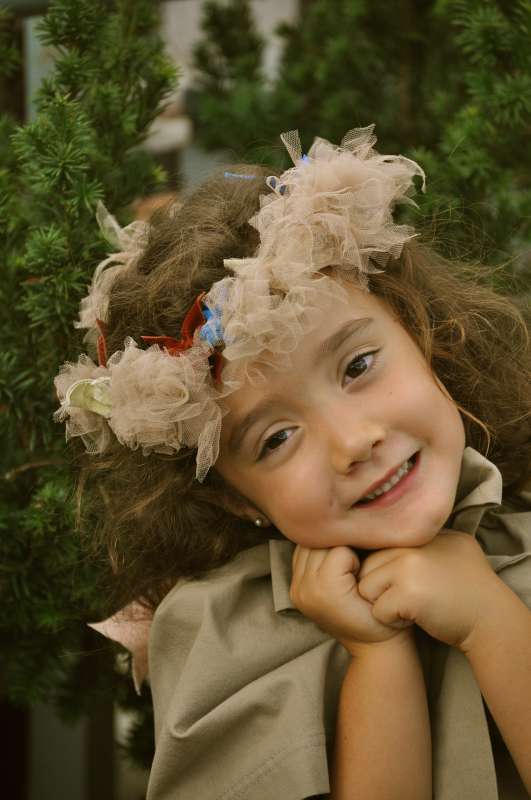
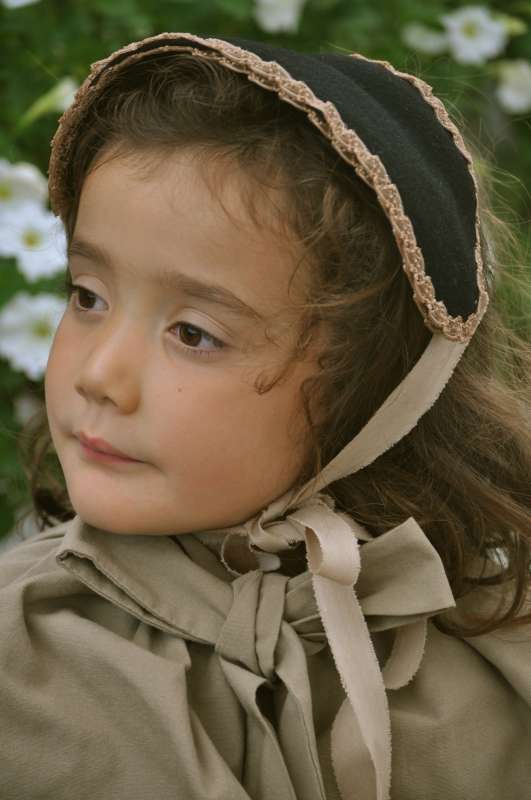
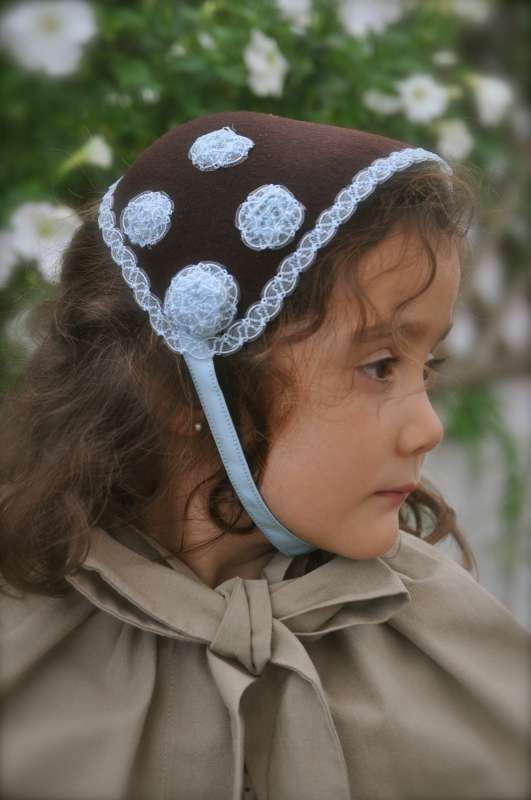

He publicado este post a raíz de una consulta de toca2 sobre unas plumas de faisán en mal estado que le habían vendido de fábrica. Si la limpieza y peinado no son suficientes, siempre cabe la posibilidad de teñir y recortar las barbillas deterioradas.